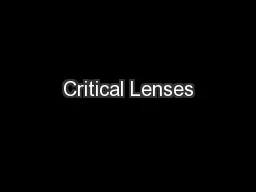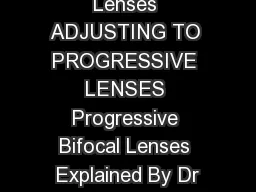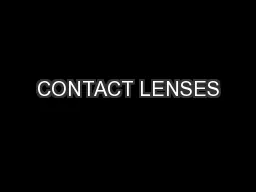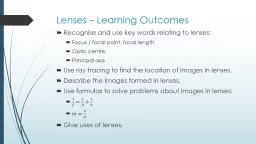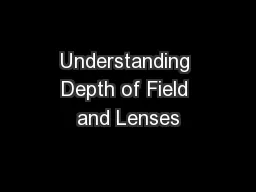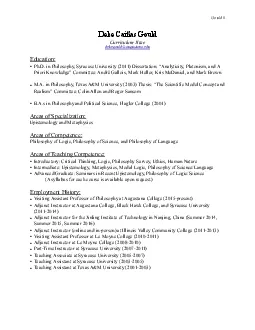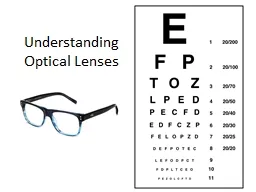PPT-Critical Lenses
Author : mitsue-stanley | Published Date : 2017-08-08
The Psychoanalytic Lens Deep Thoughts It is the mark of an educated mind to be able to entertain a thought without accepting it Aristotle Agenda Grammar Warmup
Presentation Embed Code
Download Presentation
Download Presentation The PPT/PDF document "Critical Lenses" is the property of its rightful owner. Permission is granted to download and print the materials on this website for personal, non-commercial use only, and to display it on your personal computer provided you do not modify the materials and that you retain all copyright notices contained in the materials. By downloading content from our website, you accept the terms of this agreement.
Critical Lenses: Transcript
Download Rules Of Document
"Critical Lenses"The content belongs to its owner. You may download and print it for personal use, without modification, and keep all copyright notices. By downloading, you agree to these terms.
Related Documents

